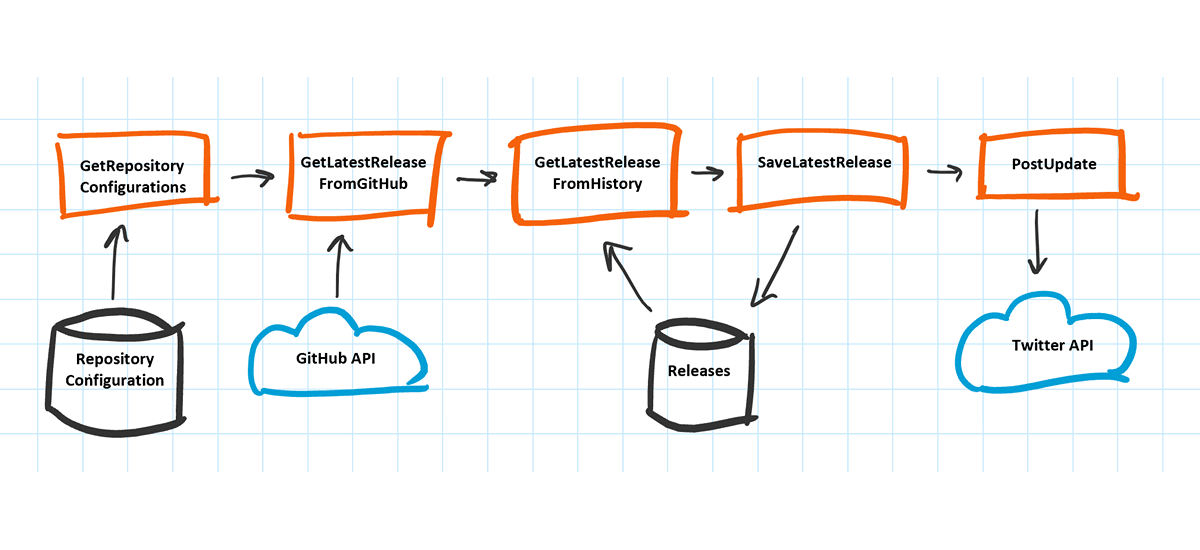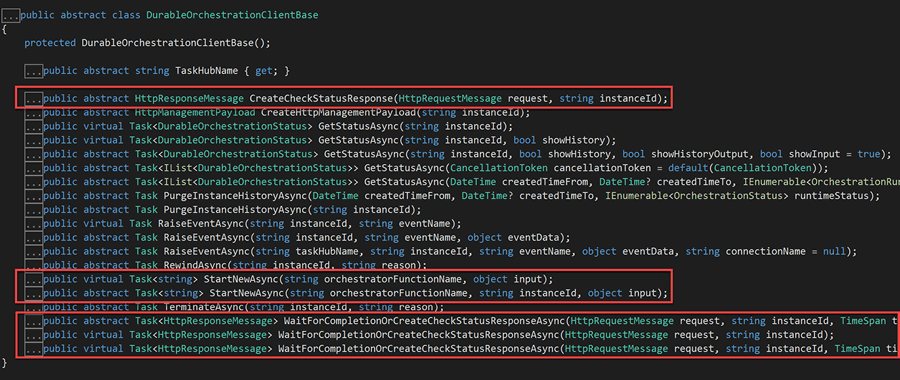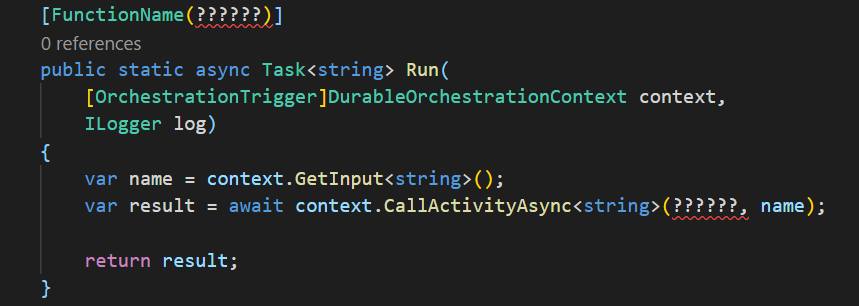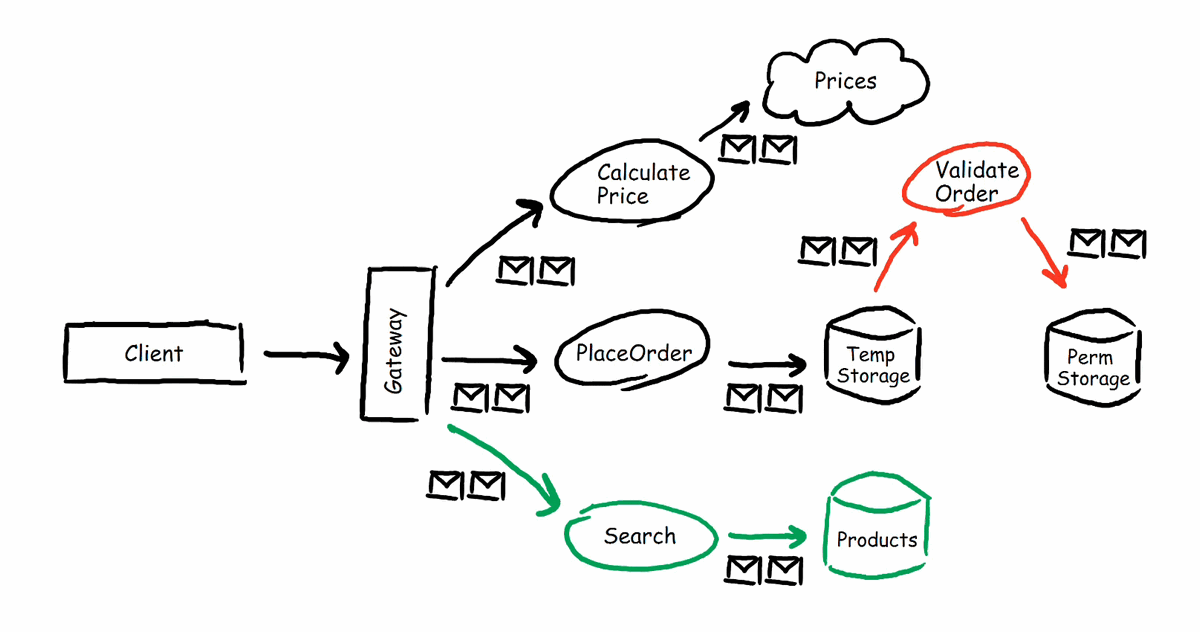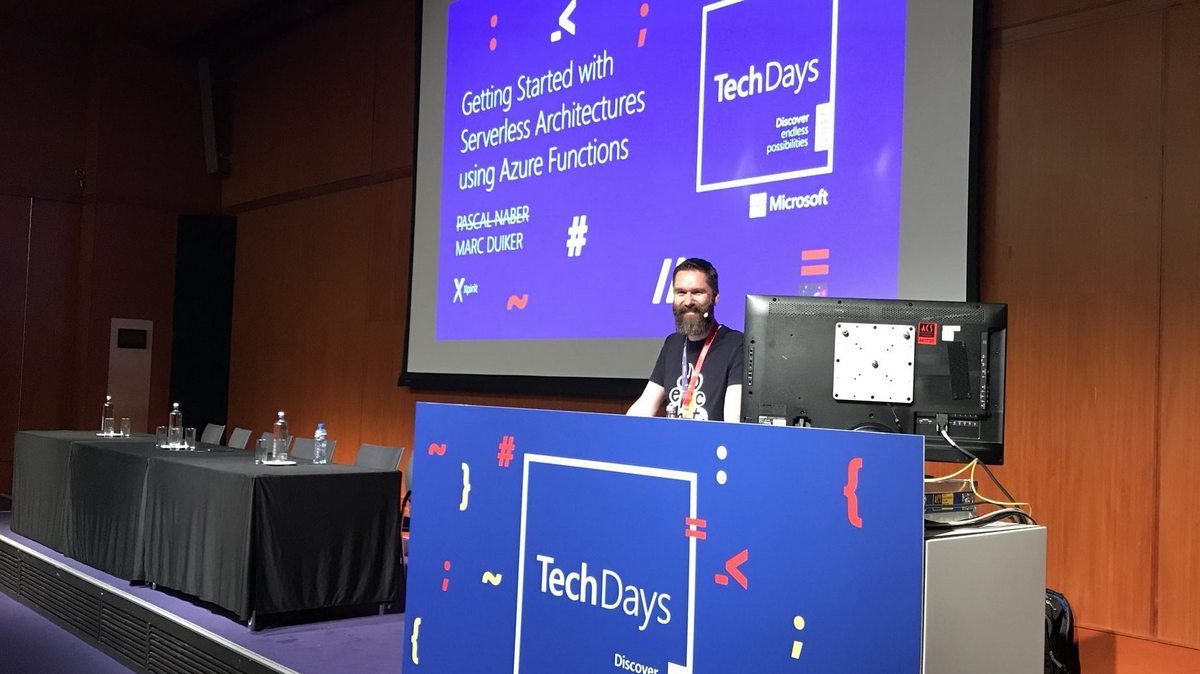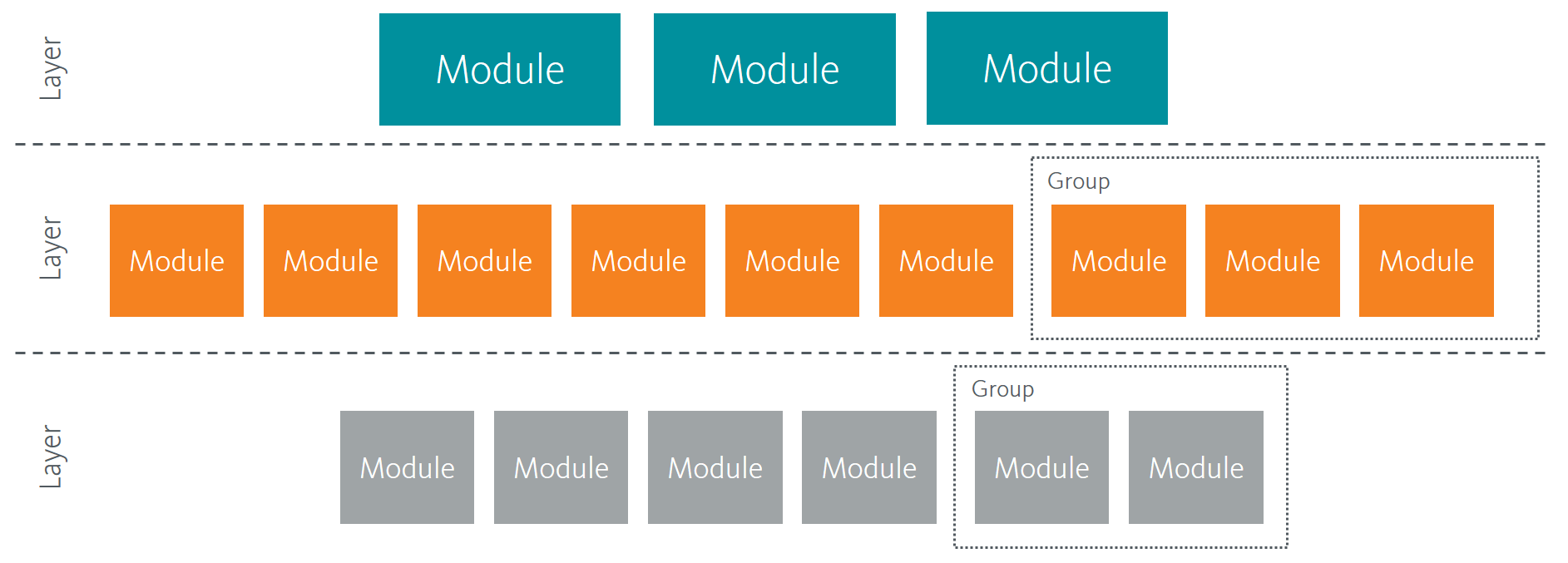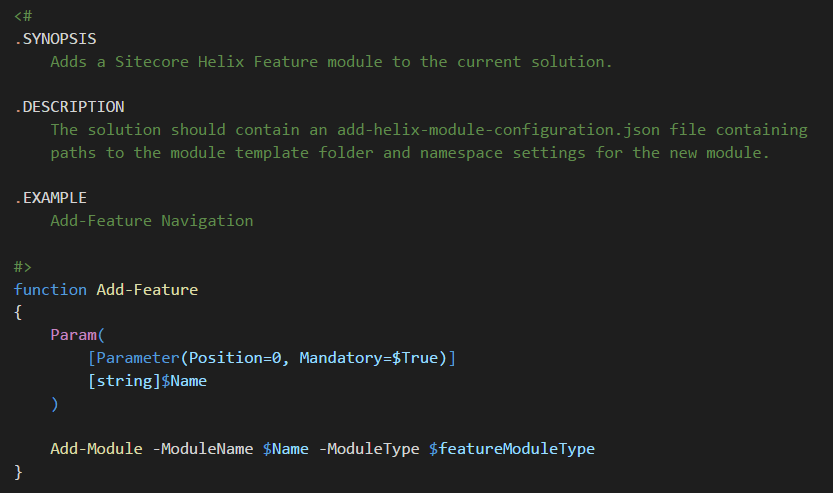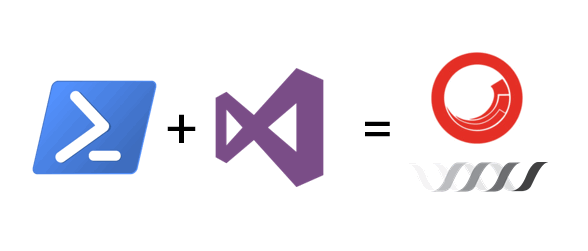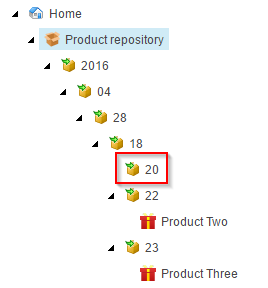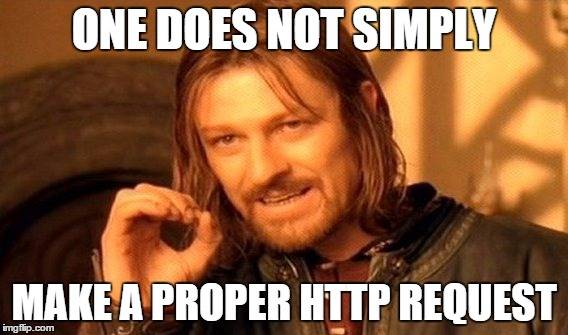Live streaming the meetups and conference for ServerlessDays Amsterdam - Part 1
Everyone is live streaming!
Well, ok, not everyone, but a lot of meetups & conferences which were previously only offline and IRL have an online presence these days. It really lowers the boundary of attending these events, and I think this is great!
ServerlessDays Amsterdam (which I’m co-organizing) is also moving online for both the meetups and the conference. In this post, I’m highlighting some details on how we’re setting this up.
